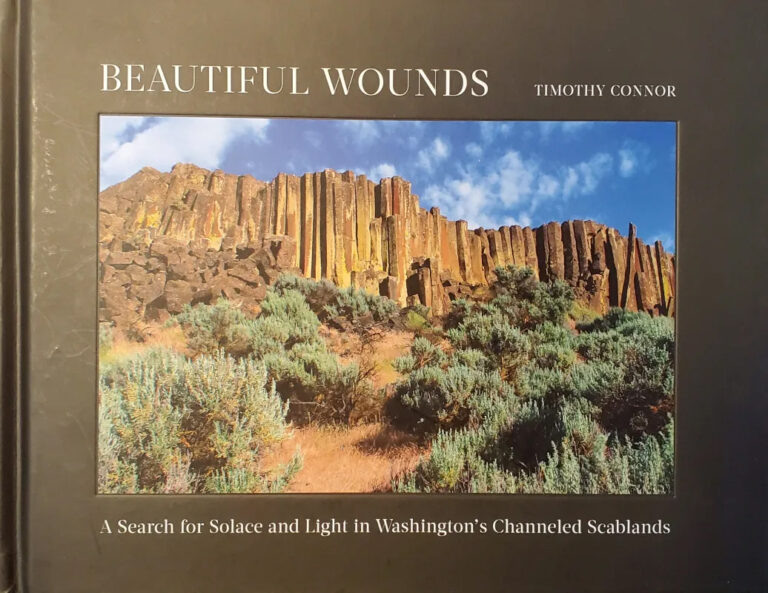The Weekender Effect: Hyperdevelopment in Mountain Towns
Robert W. Sandford,
Rocky Mountain Books, 2008, 115 pages
From the opening paragraphs to the closing sentence, The Weekender Effect focuses on the sense of place as a critical component of human communities. Through Sandford’s trained eye we see how maintaining the elements of “place” common to a community is important for maintaining that community in the face of growth. As change occurs, communities that remain anchored in their historic roots will be the most dynamic. As Sandford notes: “Increasingly in our time, however, we are seeing that technology and development cannot improve a place in the absence of a deeply felt sense of the natural order.”
Residing in a mountain town for almost 30 years, Sandford watched his community grow from a mining town of 3,000 people to a bustling small city of over 15,000. Homes occupied for a few weeks or weekends a year and timeshare condos account for much of that growth. The “weekenders” occupying those dwellings rarely have time to become part of the “culture” of the community. While Sandford is writing mainly for people in the future Aspens and Canmores of the Rocky Mountain West, his observations reflect my own experiences in Spokane. Though more critical to growing mountain resort towns with their limited financial and infrastructure resources but having valuable environmental resources, his observations are important for any community trying to plan a sustainable future.
For too many decades the “locals” in small communities have chosen to move on to a new best place when their own communities changed beyond their tolerance. Sandford notes that now, with few “best places” left, “We have to learn to stop running away. We have to stay and stand up for where we live.” The Weekender Effect provides a roadmap to this end. For our own sakes we must follow this road as, “True and enduring wealth still ultimately resides, in the mountain West at least, in making peace with the place, for only in doing so can we make peace with ourselves.”
Stan Miller
The Altitude Experience
Mike Farris,
Falcon Guides, 2008, 310 pages
Mike Farris successfully proves, beyond any doubt, that he knows a lot about human behavior and physiology at altitude. The depth and width of his research, clinical reports and firsthand knowledge casts a long shadow across other books dealing with the topic of altitude. Halfway through, I truly grew to appreciate the work he invested in this book. However, before I reached the halfway mark, I knew that finishing this book was going to be a burden.
The Altitude Experience focuses on delivering a primary understanding about altitude biology, understanding acclimatization, the mechanics of behavior at altitude, as well as specifics on HAPE and HACE. It’s all well written and generally presented like a textbook. But too often Farris added dull tangents that didn’t contribute and slowed the reading. For example, he wrote, “Other types of critters have different compounds that carry oxygen. For example, mollusks (e.g., snails) and arthropods (e.g., lobsters) contain hemocyanin, which contains copper instead of iron and is blue when oxygenated.” I suspect the majority of mountaineers and high-altitude trekkers don’t care much about that.
On the other hand, the majority of mountaineers and high-altitude trekkers will appreciate the details on training, summit-day performance, avoiding accidents and dealing with altitude stress or illness. Not only is Farris a Professor of Biology at Hamline University, he boasts a notable high-altitude resume including ascents of Acongagua and Gasherbrum II (26,362 ft). Best of all, his tips on third world travel and expedition team dynamics are good lessons any mountaineer can apply.
For some, this book could become their go-to resource on all high altitude forays. If you’re invested in an upcoming expedition or Himalayan trek, it can’t hurt to study the major chapters that might apply to you and your trip. For everyone else, you can probably find better books that pinpoint components of the altitude experience.
Jon Jonckers












